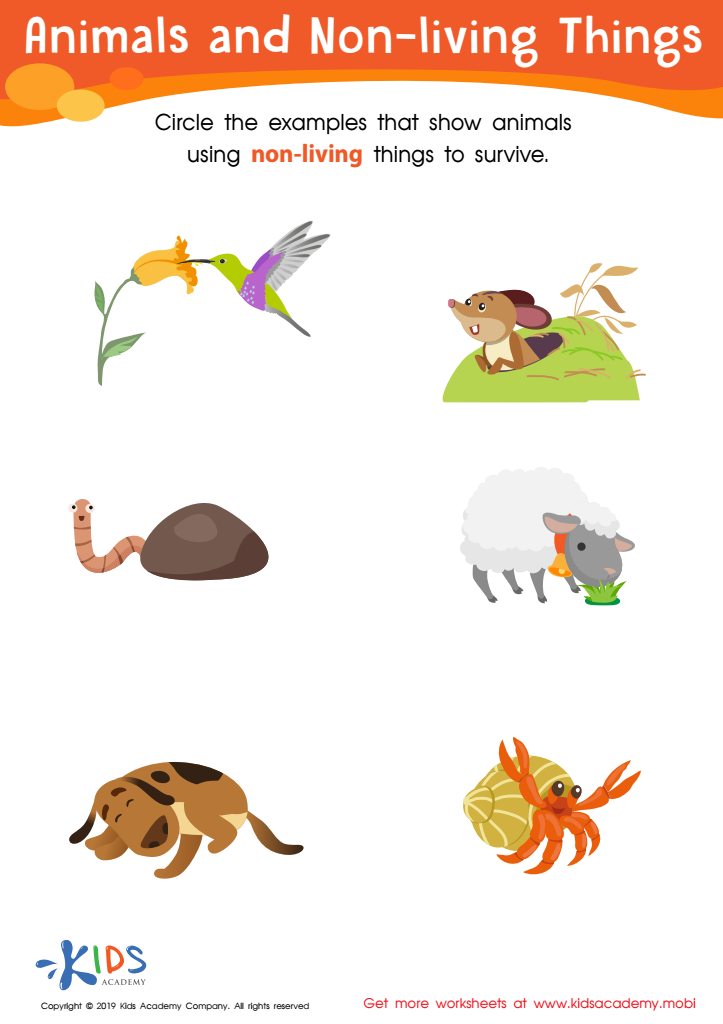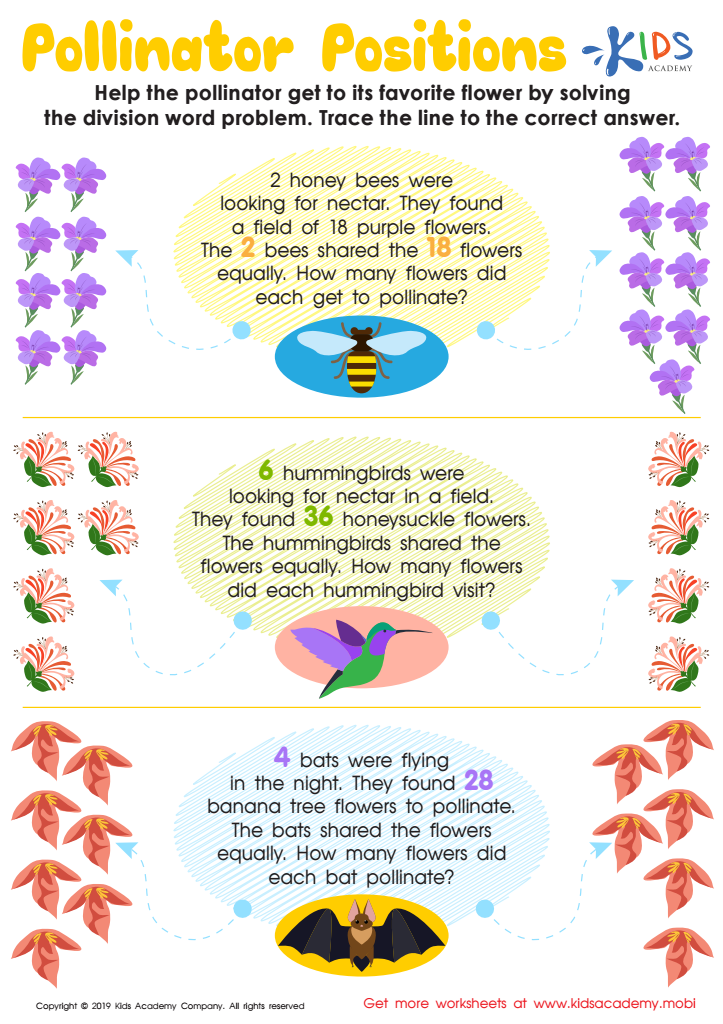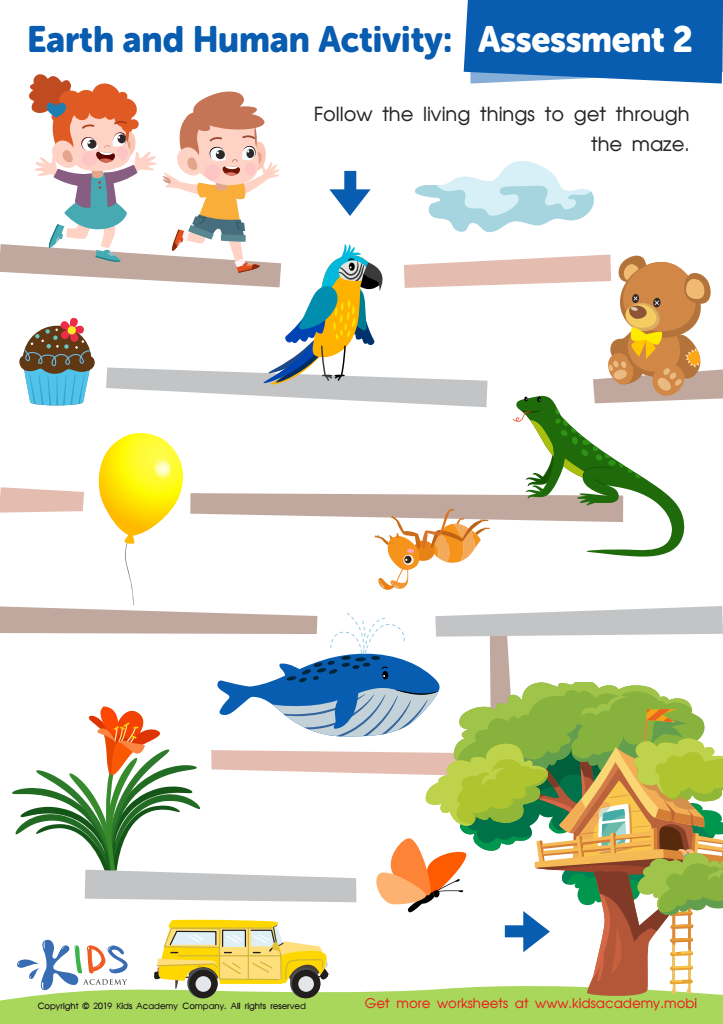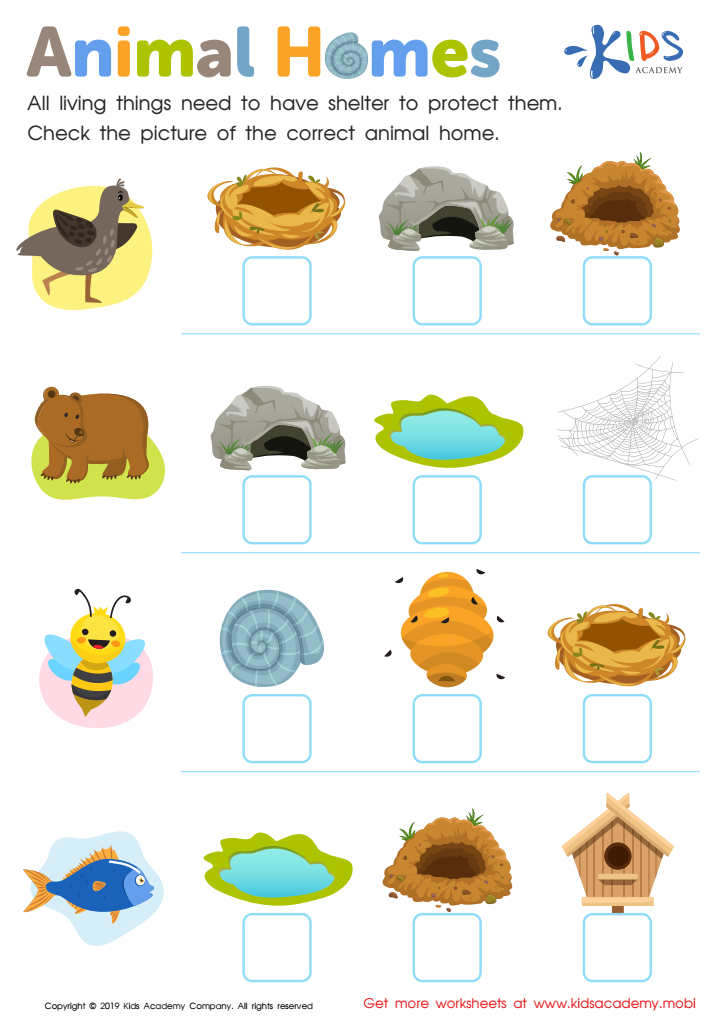Science Worksheets for Ages 4-5
113 filtered results
-
From - To
Delve into the wonders of the world with our specially crafted Science worksheets for Ages 4-5! Designed to spark curiosity and a love for learning, these worksheets are a perfect blend of fun and education. Tailored specifically for young explorers, each page is filled with engaging activities and experiments that introduce basic scientific concepts in a way that is both enjoyable and understandable for little learners. From exploring the life cycle of plants to understanding the water cycle, our Science worksheets for Ages 4-5 make the vast universe accessible and fascinating. Embark on a journey of discovery and ignite your child's passion for science today!


Herbivores Worksheet


Animals and Non-Living Things Worksheet


Animal Homes Worksheet


Thorns and Spikes Worksheet


Arctic World Worksheet


Fur or Feathers? Worksheet


Migrate or Hibernate? Worksheet


Great Migrations Worksheet


Pollinator Positions Worksheet


Rainforest Animal Division Worksheet


Dividing with Landforms


Water Division Word Problems Worksheet


Helpful Health Worksheet


The 5 Sense Scientist Worksheet


Earth and Human Activity: Assessment 2 Worksheet


Earth and Human Activity: Assessment 1 Worksheet


Reduce, Reuse, Recycle, Rethink Worksheet


Water, Water Everywhere! Worksheet


Man-Made or Natural? Worksheet


Class Supplies and Natural Resources Worksheet


Water World Worksheet


Plant Fun Worksheet


Animal Homes Worksheet


Spelling Down on the Farm Worksheet
Science worksheets designed specifically for children ages 4-5 are a crucial tool in the foundational stages of education. At this formative age, children are naturally curious and eager to explore the world around them. Science for Ages 4-5 through worksheets becomes a structured pathway for them to make sense of the physical and natural environment. These worksheets are not just about learning facts; they are about igniting interest, fostering observation skills, and developing a sense of inquiry.
The interactive format of science worksheets encourages young learners to engage actively with content, turning abstract concepts into tangible activities they can relate to. This age-specific approach ensures the material is accessible and captivating for young minds, promoting a love for science from an early age. Whether it's understanding the basics of plants, animals, the human body, or the weather, these worksheets make learning enjoyable and memorable.
Moreover, Science worksheets for Ages 4-5 are crafted to enhance critical thinking and problem-solving skills. Through experiments, observation tasks, and hands-on activities, children learn to hypothesize, test, and draw conclusions, laying the groundwork for scientific thinking. Additionally, these educational tools support the development of fine motor skills as children write, draw, or color, further enriching their learning experience.
In essence, Science worksheets for Ages 4-5 are not only about imparting knowledge but also about building the skills and attitudes necessary for a lifelong journey of discovery. They are an investment in a child's future, fostering a sense of wonder and a passion for exploration that will benefit them across all areas of learning.

 Assign to My Students
Assign to My Students







%20(1).jpg)











